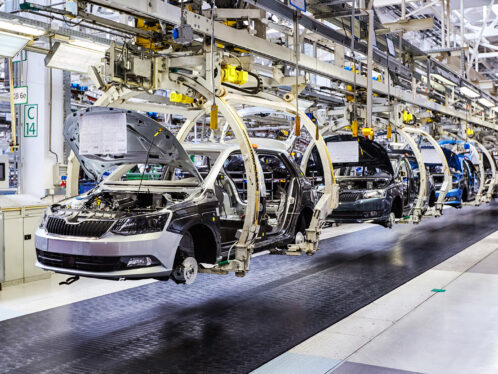
Rebicycle
If Arno Scheepens had his way, his master’s project at the University of Delft would be the next wooden shoe of Holland.
If Arno Scheepens had his way, his master’s project at the University of Delft would be the next wooden shoe of Holland.
Student and part-time entrepreneur Arno Scheepens is looking to design
recyclable bicycle.
Working under the guidance of his professors at the University of Delft, the young Dutchman is hoping to craft his ReBicycle so that it is 100 percent sustainable.
While still in its nascent stages – Scheepens graduated in July 2009 – his ReBicycle project was presented to Jacqueline Cramer, Holland’s Minister of the Environment. She included it in her Greenovator tour, an Internet and Youtube-based campaign to promote sustainable products and entrepreneurship from Holland.
Scheepens’ next step is to industrialize his ReBicycle according to all the life-cycle and sustainability principles he learned at university.
“Think about it,” says Scheepens. “Does your bike really need to be made from steel or aluminium? I don’t think so.
“Bikes were made from wood until steel made them cheaper, without any concern for the environment,” he says. “Today the environmental costs are considerable, which is an obvious reason to try to manufacture a product like a bicycle with sustainable methods and raw materials.”
According to Scheepens’ calculations, which he researched as part of his master’s thesis, 40 to 80 hectares of Norway spruce forest could yield enough wood to manufacture 10,000 wooden bikes a year.
“My bike is made from locally available and natural renewable resources, and I created a complete picture of what the industrialization procedure would look like,” says Scheepens.
To avoid the “eco stamp” and the accompanying notion of poor functionality, Scheepens decided to use real steel SKF bearings for the wheels, crank shaft, pedals and head tube, regular steel caliper brakes and polyurethane tyres and drive belt for his prototype. In addition he is using epoxy for all the joints in the design. Scheepens notes that epoxy and polyurethane are likely to be produced from local naturally renewable resources in the near future.
“Everything else is made of Norwegian spruce-laminated wood, with the help of linseed or flax, a cellulose-rich fibre used for strengthening – not unlike carbon-fibre lamination,” says Scheepens. “And SKF has said that the bearings will last an extremely long time and thus can be reused when the rest of the bike is incinerated. Now that is sustainability.”




